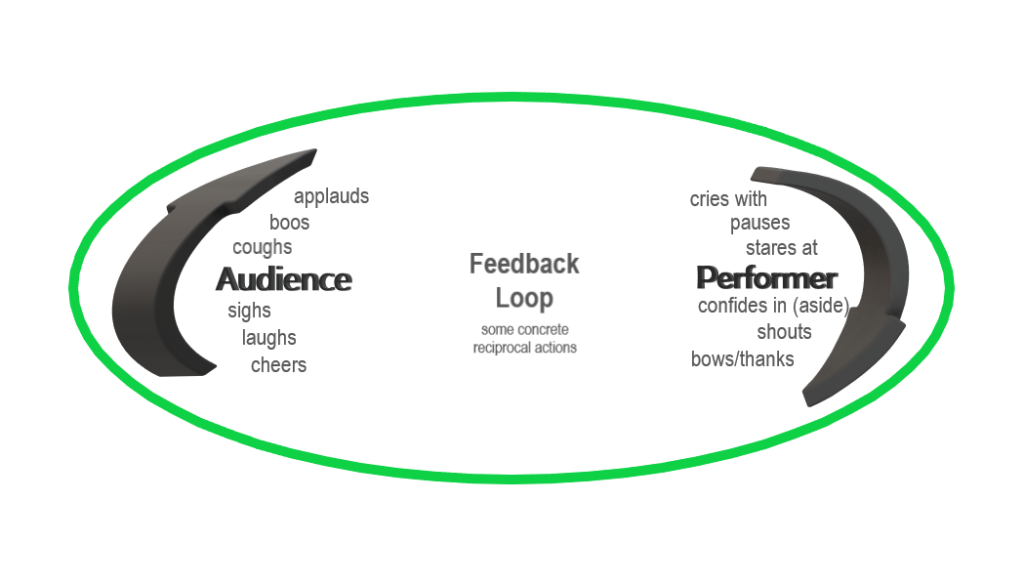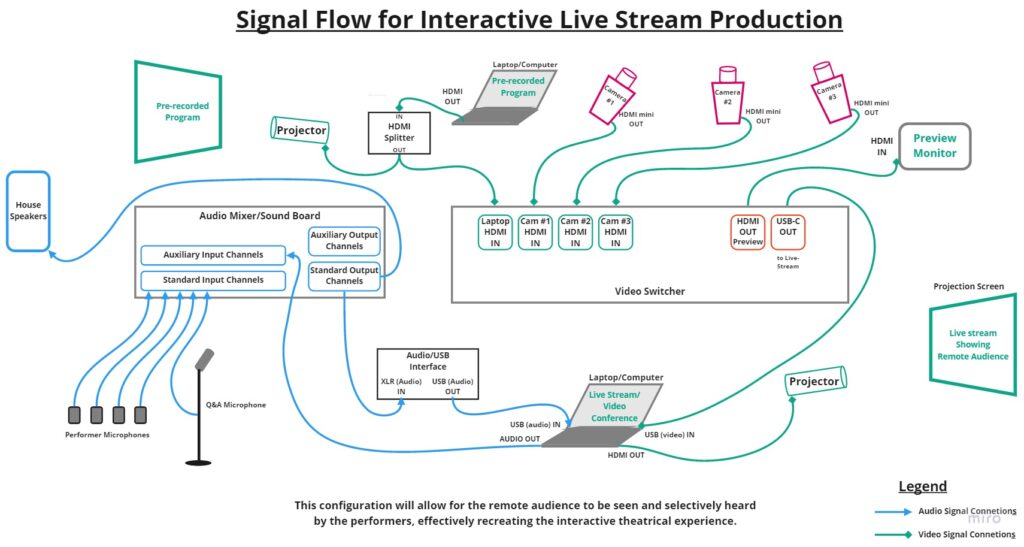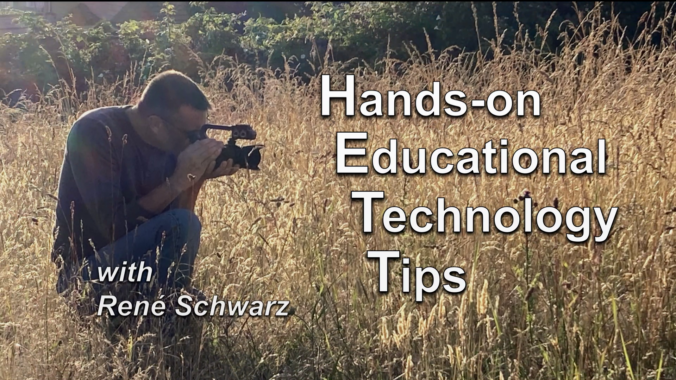In podcast form (with transcription below):
Summary of learning through the project and the program
I learned that the best results come from starting with what you know, and more specifically what you know how to do. Of course, the most painful part of learning is the struggle you must go through when you venture into territory you’ve never charted before. And for me that was the academic push that making a master’s degree had me shying away from it the first time I considered pursuing one almost 15 years ago. But now, so close to the finish line, I realize that the culmination has become a wonderful blend of what I know how to do, what I believe is my best way of passing on what I know how to do, and bridging the two with existing like-minded ideas, research, and literature from a long history of like-mindedness that has come before me. A truly salient illumination has been that the academia behind pursuing a master’s degree is the enormous and ever-expanding way that research can be approached and written about. This might have something to do with being in a program that appears to be on a leading edge in research and academic practice. Educational technology may not have been my first choice as I tend to be philosophical about education, but it was the perfect match for my practical nature. I can say that what I learned has taught me to be comfortable in my skin, to be confident. I am now more motivated to move forward than to fear being left behind.
Reflections on Growth
My research began to shed daylight on what I have inherently known and felt was right in teaching practical resource and performance-based courses. The words of Dewey, of Eisner, Heathcote, Peter Brook, my former teacher Saxton, the varied research from market analysts to behavioural scientists, and especially the works and encouragement of one of my co-supervisors Monica Prendergast all contributed my deepening conviction that the learning with the most longevity happens in the most subtle forms and ways; in the moments where connections are made between failing or succeeding without saying a word, in a look of acknowledgement, a nod of encouragement, a gasp of “aha”, a round of applause from an objective audience. Having done the research, I am more confident than ever to call attention to these ways of learning and bring about an awareness of this to my students. It has been a challenge to find literature and research that is specific to how a student can learn from an audience in performance, but the research of Warden on professional wrestling audiences and Pitts’s “communication loop”, combined with Prendergast’s “Audience in Performance”, Vygostski’s developmental tools for cultural development, Heathcote, and my own former mime and clown instructor Adrian Pecknold, to name a few all fomented my resolve to create a new level of awareness around the potential teaching and learning that an audience provides to the performer in real time. The research and literature helped me to connect the dots and come up with the concept of the Audience-Performer Feedback Loop. We learn from way we are watched, appreciated, misunderstood, laughed at, laughed with, and ultimately accepted. This is where my master’s research has led. How can this be promoted during a pandemic? Well, informed by my research, that is exactly where my practice and project has led me.
Recommendations for Future Research and Practice
So, where is this going to go? Is it bound to collect virtual dust in some endlessly retreating corner of the internet? There is so much research out there, so much that isn’t even accessible by everyone yet, but that will not stop the development of new ideas, good or poor. In education, there is dire need for teachers to understand the subtle ways that teach their students; as an influential singular audience, the teacher can crush a student’s hopes and expectations with a simple turn of the head, a gesture, a frown. This type of research that places how students’ abilities to learn as dependent upon how a teacher presents themselves is at the core of this Audience-Performer Feedback Loop, where, at times, the roles between teacher and student, between audience and performer, can be swiftly reversed, sometimes unnoticeably by the parties involved.
Teacher-training policy should include a course in such research that has been primarily the domain of marketing psychologists and adjunctive course units in bedside-manner training for student physicians. Taking what has been a tradition of schooling from the stages of live theatre and extending it outwards to students, teachers, and making a conscious practice of raising one’s awareness of how we learn from our audiences in all forms can benefit how effectively we teach, learn, and live with each other.
I’d like to thank doctors Valerie Irvine, Michael Paskevicius, Monica Prendergast, and all of my instructors throughout the Technology in Education graduate program. Thanks, too, to all of my classmates for the times I will surely not soon forget.
And now, we return you to our regularly-scheduled program.
Below is my visual/linguistic rendering of the Audience-Performer Feedback Loop

Below is my illustration showing audio and video signal flow through various technologies necessary to achieve an APFL with a remote audience.




Leave a Reply